Many people strive for good flexibility, and especially in the hips. I mean, who doesn’t dream of doing the splits? The problem with this aspiration is that it seems very far away and unattainable, and many of us give up before we’ve even started. Today I want to make a dent in this problem by presenting to you a series of exercises that will prepare your hips for mobility and flexibility training.
What does this do?
Before I delve into explaining the exercises themselves, I want to make sure you understand how they’re going to help you.
- Many flexibility exercises like progressions towards the pancake stretch require strength in the direction of the stretch, and that’s a place where most people have very little strength. There exercises will develop hip flexion strength.
- The muscles involved in controlling your hip joints (critical for safe flexibility practice!) are often underdeveloped and far from our minds. These exercises will strengthen the link between your mind and these muscles.
The exercises
And now to the meat and potatoes! We’re going to lie on our back, and work on one leg at a time. Lie down comfortably on the floor, and put the foot of the leg you’re not working on flat on the floor, knee bent. Make sure that your lower back is touching the floor at all times, and that both sides of your pelvis are as well.
Pedalling
First, we’re going to start with the working leg extended (straight), flat on the floor. We’re going to slide our foot towards our bum, then continue the motion, keeping the back of the pelvis on the floor, to lift the foot, and let it climb until the leg is straight again (ideally at some point in the future, our leg will be perpendicular to the floor, for now, however comfortable). Make sure your lower back is still touching the floor! From there, keep the leg extended and slowly lower it down to the floor.
Pedalling Backwards
Same thing, but backwards. (Who would have guessed?) This is a bit more challenging as you’ll have to lift your entire leg while it’s extended, but works the same: start with your leg extended, lift it until no longer comfortable, keeping your lower back and pelvis on the floor, fold your leg, bring your foot to your bum, and slide it back to its starting position.
Butterfly
The next exercise starts like the first, until your foot is close to your bum. From there, let your leg open to the side, only as far as it can go without your pelvis on the other side leaving the floor. From there, again slide your foot back to its starting position, making sure your lower back stays on the floor. Ideally your foot will stay about an inch from the floor during the whole duration of the exercise, and will just go to and from on a straight line.
Backwards Butterfly
Exactly the same as above, but backwards: slide your foot towards your bum while letting your knee float out only as far as it can go without your pelvis on the other side leaving the floor, bring your knee back towards the ceiling slowly, without your pelvis leaving the floor on either side, and slide your foot back to its starting position while keeping your lower back on the floor.
Safety notice and modifications
You might have noticed an excessive amount of bold. The “keeping your lower back and pelvis on the floor” part is extremely important for your long term safety, and it’s also a big part of what makes the exercises work: this strongly encourages you to notice the positions and patterns of your body, therefore reinforcing your body-mind connection. It also builds strength and control in the hip area, which is important for further flexibility training endeavours (such as horse stance for the splits), and to prevent and alleviate knee pain.
Also, I recognise that lying on the floor isn’t easy for everyone. If you have trouble lying flat and keeping your lower back on the floor, feel free to bolster your head and upper back to make it possible. However, I recommend you only bolster to a point where you still have to make a slight mental and physical effort to keep your lower back on the floor, as this is an integral part of the exercises.
A note on anatomy
One of the main muscle these exercises work with is the psoas, which plays a role in hip flexion, and is also crucial in maintaining a strong lower back. The reason we have such a focus on keeping the lower back flat is to build strength and control in the posas and its antagonists, which will work together to keep our lower back strong and healthy. These exercises are another example of the technique presented in this article on flexibility training.
Continue reading: A Key To Flexibility Training, Imagery for Ankle Mobility, Self-Massage for the Feet, Superpower Your Mobility Training.
This post also exists in French.
Want more like this?
Check out the following blogs from massage therapists I know from around London:- On The Run Health and Fitness on running, nutrition and sports massage.
- The Soma Room on sports massage and exercise.
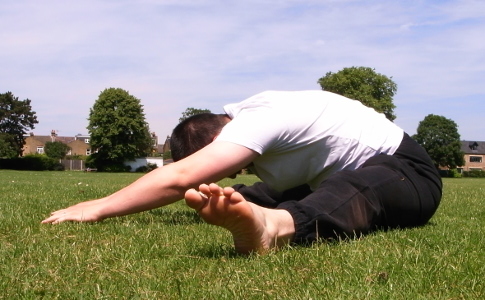
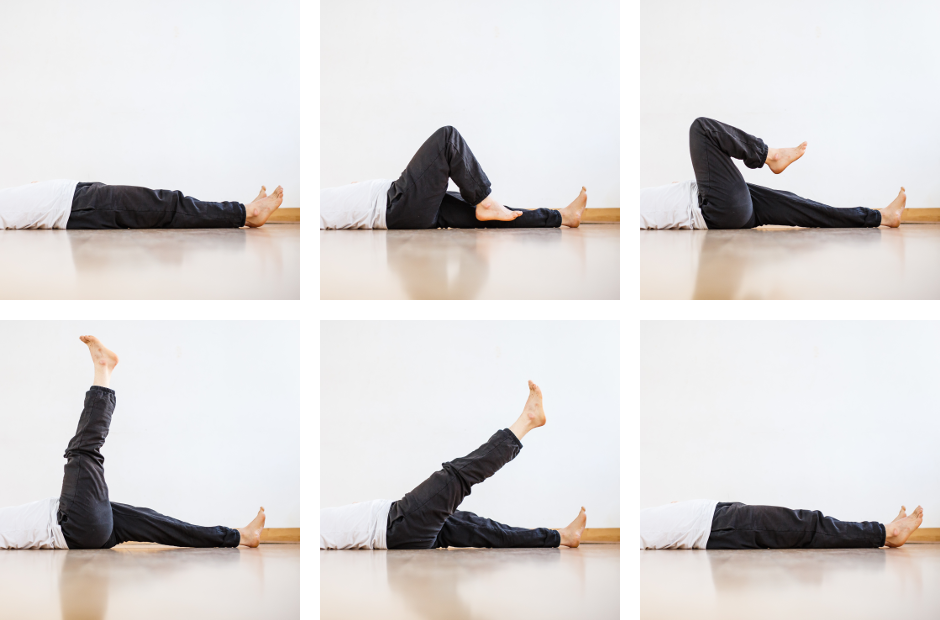
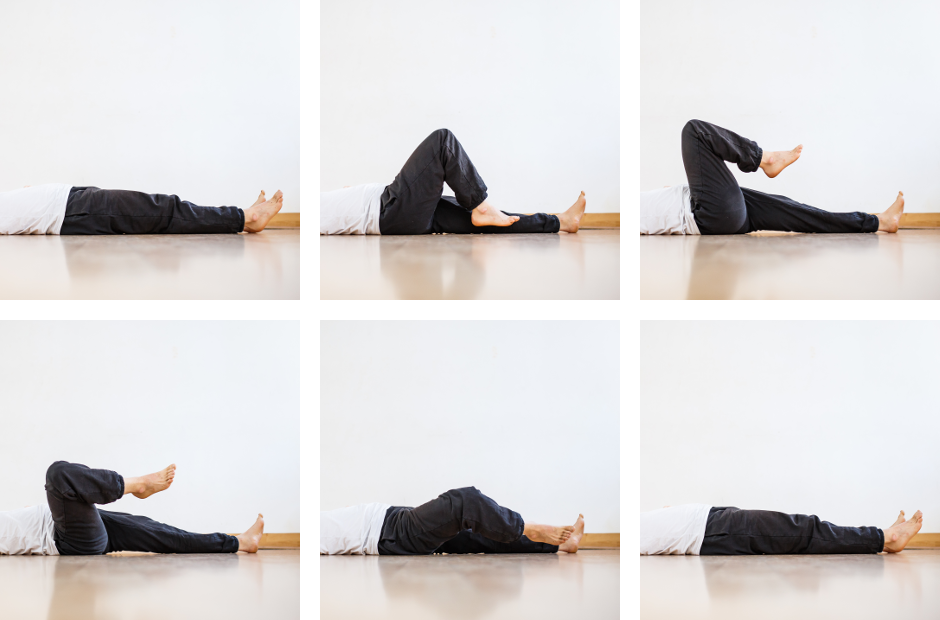
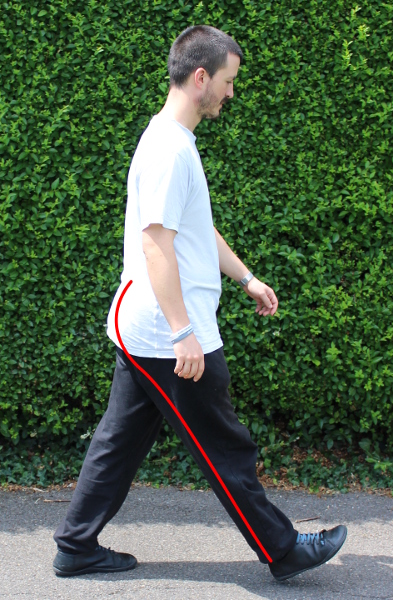

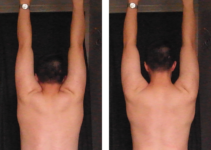
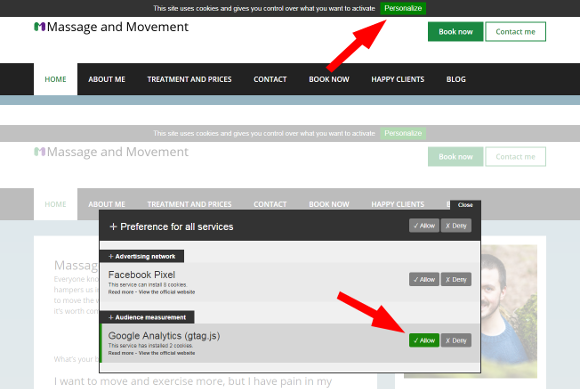
No Responses